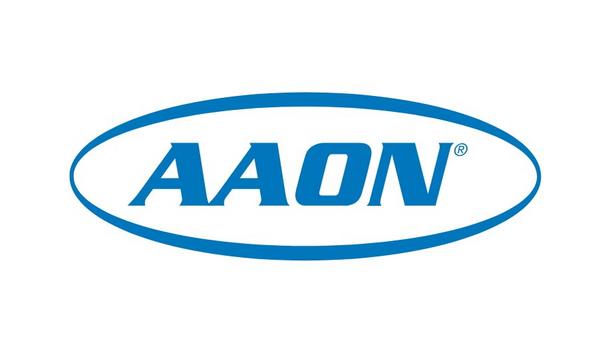Healthy HVAC systems are essential for the health, wellbeing, and safety of building occupants. So, it’s good to know that intelligent drives from Danfoss continuously monitor the complete installation for readiness and optimal functionality.
This process includes an automatic test of the complete installation, performed by the drive. The test covers the whole cable installation including connection boxes. It checks that the service switch is set to ‘On’ for operation. The drive measures that the motor is completely ready to operate, to ensure the application is ready to run at the very moment it is needed.
Normal ventilation system
This automatic surveillance reduces the number of manual maintenance and operational checks required. Instead, the system informs when something is wrong. These automatic alerts are especially important to ensure the Fire Emergency Mode application built into the VLT® HVAC Drive FC 102 is fully operable when needed.
The Fire Emergency Mode functionality protects personnel and secures inventory in the event of a fire
The Fire Emergency Mode functionality protects personnel and secures inventory in the event of a fire in the building. It ensures that the drive ‘runs to dead’ to ventilate rooms and stairwell escape routes for as long as possible, allowing for a safe exit to protect building occupants from the fire. It also means that the normal ventilation system switches to a smoke extraction system to remove dangerous smoke and minimize damage to inventory.
Delivering maximum flexibility
Fire Emergency Mode suppresses alarms created to protect the drive and the normal operation of the application. It offers multiple alternatives for controlling the ventilation system, delivering maximum flexibility to ensure the smoke is either cleared out of the building in the best possible way, or stays out of the escape route entirely.
The motor test function makes the fire emergency mode even more reliable and safe, whilst reducing the maintenance effort required.
The benefits are as follows:
- Reduced test effort, due to automated testing of the complete motor control chain – even without running the motor.
- Increased availability of seldom-used motors, such as smoke extraction
- Predictive fault detection to secure smoke extraction.
- Potential to reduce the numbers of visits and tests by public authorities, because the system is self-monitoring and in the event of a fault, will provide immediate notification.
















